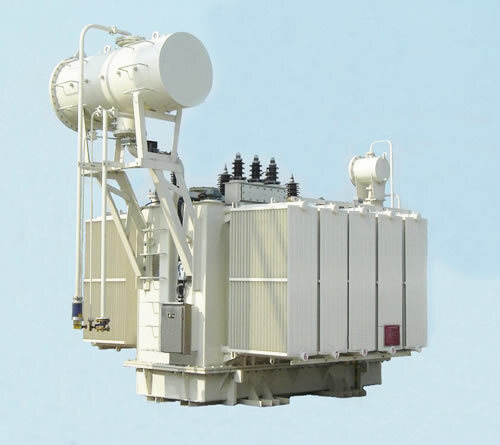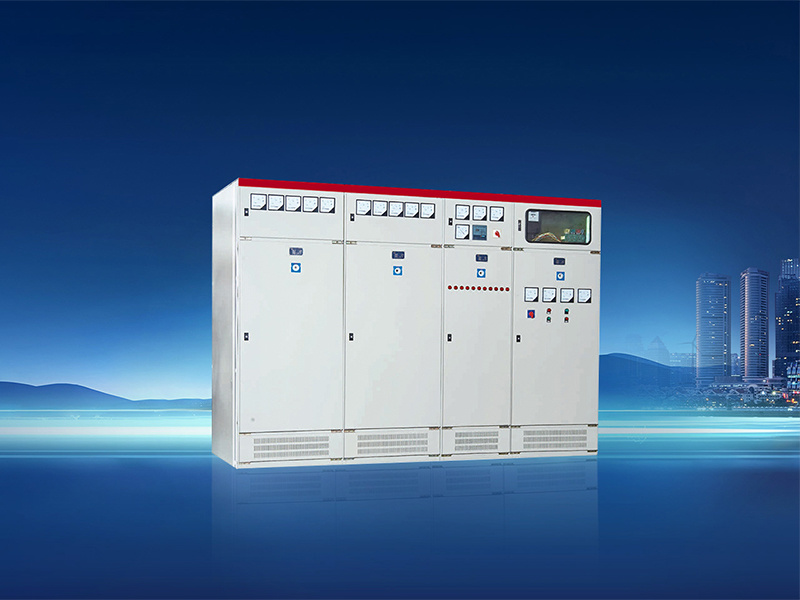Precautions for Ensuring Safe Use of Transformers During Recent Heavy Rainfall
 With the impact of climate change, the recent increase in rainfall has become more frequent, which raises higher requirements for the safe use of transformers. As the core equipment in the power system, the stable operation of transformers is directly related to the safety and reliability of the entire power grid. Therefore, during the rainy season, we need to pay special attention and take a series of measures to ensure the safe use of transformers.
With the impact of climate change, the recent increase in rainfall has become more frequent, which raises higher requirements for the safe use of transformers. As the core equipment in the power system, the stable operation of transformers is directly related to the safety and reliability of the entire power grid. Therefore, during the rainy season, we need to pay special attention and take a series of measures to ensure the safe use of transformers.
1. Waterproof and Drainage Measures
First, ensure that the transformer is in a waterproof environment. For outdoor-installed transformers, check whether the rain cover and eaves are intact to avoid direct exposure to rainwater. At the same time, ensure that the drainage system around the transformer is unobstructed to prevent water accumulation from soaking the transformer. For indoor-installed transformers, check for leaks in the roof and walls, and repair any leaks promptly to prevent rainwater infiltration.
2. Insulation and Moisture-proof Treatment
The insulation performance of the transformer is key to its safe operation. During the rainy season, due to increased humidity, the interior of the transformer is prone to moisture, leading to a decline in insulation performance. Therefore, regular insulation testing of the transformer should be conducted to ensure that its insulation performance meets the required standards. Additionally, desiccants can be placed inside the transformer to absorb moisture and improve insulation performance.
3. Temperature Monitoring and Heat Dissipation Treatment
During the rainy season, increased humidity may lead to poor heat dissipation of the transformer, causing the equipment to overheat. Therefore, it is necessary to strengthen the monitoring of the transformer's temperature to ensure it operates within the normal range. For transformers with poor heat dissipation, dust and debris on the heat sink should be cleaned promptly to improve heat dissipation efficiency. Additionally, consider installing fans and heat sinks to enhance cooling.
4. Lightning Protection and Grounding Measures
The threat of lightning to transformers cannot be ignored. During the rainy season, special attention should be paid to the effectiveness of lightning protection measures. Ensure that the grounding system of the transformer is good and that the grounding resistance meets the required standards. At the same time, install lightning rods and other lightning protection facilities to prevent lightning from directly striking the transformer. Furthermore, regularly check the operational status of lightning protection facilities to ensure they are functioning properly.
5. Patrol and Inspection
During the rainy season, strengthen the patrol and inspection of transformers. Regularly check the oil level, oil color, and oil temperature of the transformer to ensure they are within normal ranges. Pay attention to any abnormal sounds or vibrations from the transformer, and address any issues immediately. For outdoor-installed transformers, also pay special attention to the integrity of rain covers and eaves to prevent rainwater from wetting the transformer.
6. Emergency Response and Plans
Developing a scientific emergency response plan is an important guarantee for the safe use of transformers. Corresponding emergency measures and handling processes should be formulated for potential abnormal situations. During the rainy season, ensure that there are sufficient emergency personnel and material reserves to respond and handle any abnormal situations quickly. Additionally, regularly organize emergency drills and training to improve employees' emergency response capabilities and safety awareness.
7. Training and Promotion
Strengthening employee training and promotion is also an important measure to ensure the safe use of transformers. Regularly organize training and learning sessions on transformer safety knowledge to enhance employees' safety awareness and operational skills. At the same time, strengthen public awareness and education to improve public understanding and attention to the safe use of transformers.
In summary, during the rainy season, we need to take a series of measures from multiple aspects to ensure the safe use of transformers. By strengthening waterproof and drainage measures, insulation and moisture-proof treatment, temperature monitoring and heat dissipation treatment, lightning protection and grounding measures, patrol and inspection, emergency response and plans, as well as training and promotion, we can minimize the impact of rainwater on transformers and ensure their safe and stable operation.





